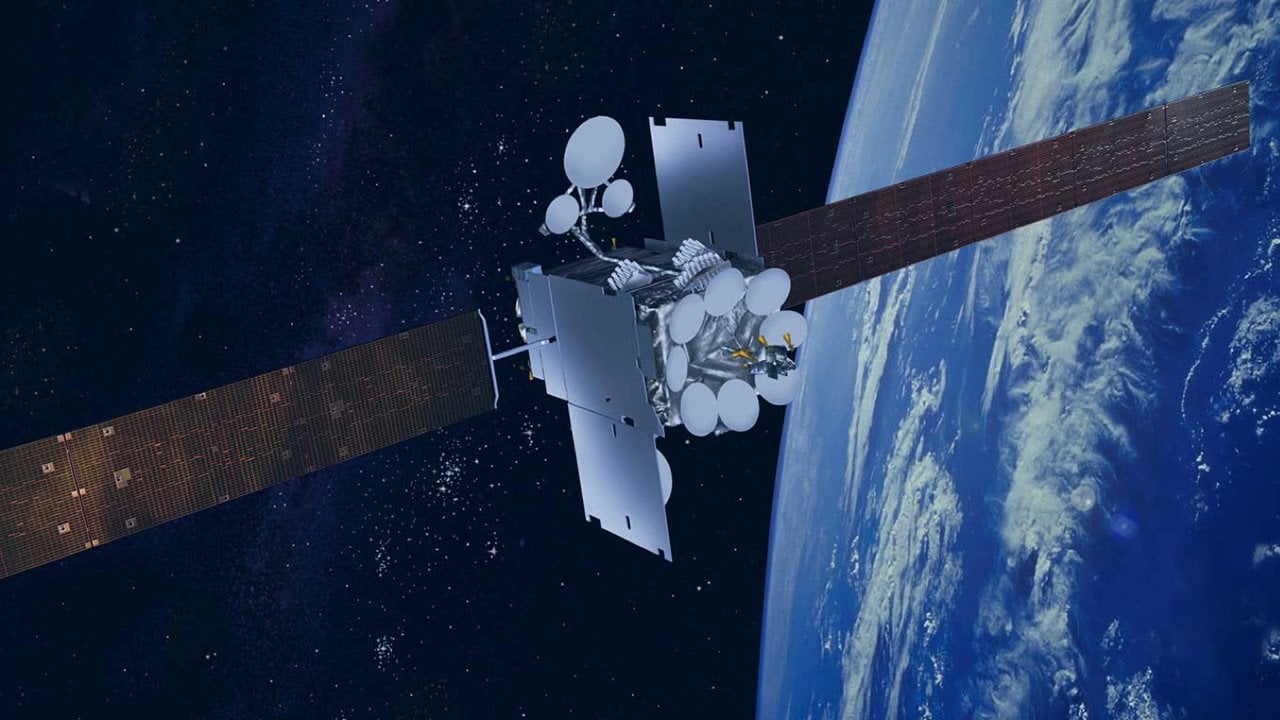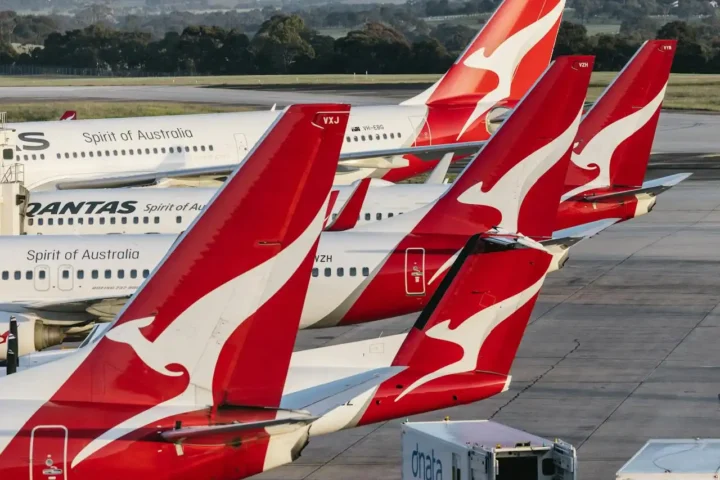The U.S. Space Force has chosen Boeing to build new military communication satellites in a $2.8 billion deal announced on July 3. Boeing beat rival Northrop Grumman after a five-year competition for this critical defense contract.
The deal covers two satellites initially, with the option to build two more. These new satellites will replace the aging communication system currently used for high-priority military messages, including nuclear commands.
“The U.S. needs a strategic national security architecture that works without fail,” said Kay Sears, a Boeing vice president. The company promises these satellites will work even when facing jamming attempts or cyber-attacks.
What makes these satellites special? They’ll orbit 22,000 miles above Earth, providing constant coverage for military operations worldwide. Unlike current satellites, they’ll also cover the Arctic region – filling a major gap in U.S. military communications.
The Space Force started this project in 2020, giving early development contracts to Boeing, Northrop Grumman, and Lockheed Martin to create prototype designs. After testing and evaluation, only Boeing and Northrop Grumman advanced to the final competition, with Boeing ultimately winning.
“We scaled our production capacity, hired cleared talent, and assembled production lines to hit the ground running,” said Michelle Parker, vice president of Boeing Space Mission Systems. This preparation helped convince the Space Force that Boeing could deliver on time and within budget.
The first satellite should be ready by 2031, with work on the contract continuing through 2033. While this might seem far off, building these complex systems takes years of careful engineering and testing.
Similar Posts
Colonel A.J. Ashby, who directs the satellite program, called the contract “the culmination of nearly five years of industry competition” that will help modernize how military leaders communicate during crises.
These satellites form part of a larger $12 billion program. After the first four satellites prove successful, the Space Force plans to order more through fixed-price contracts – a move that should save taxpayer money.
Just before announcing Boeing’s win, the Space Force canceled another satellite program called Protected Tactical SATCOM–Resilient. This change shows a shift toward getting new technology into space faster by using a “family of systems” approach rather than relying on single, massive projects.
The military space industry remains highly competitive. Boeing and Northrop Grumman are also competing for the Navy’s next-generation fighter jet, with a decision expected soon.
For Boeing, this win provides stability after facing challenges in other aerospace programs. The company has invested heavily in its satellite technology, building on systems already proven in its commercial and military satellites. The contract also highlights how military satellite design is changing. The Space Force now wants to use more commercial parts in military satellites when possible – a strategy that cuts costs and speeds up development without sacrificing security for critical communications.



















